Using Cover Crops In The Garden: Best Cover Crops For Vegetable Gardens
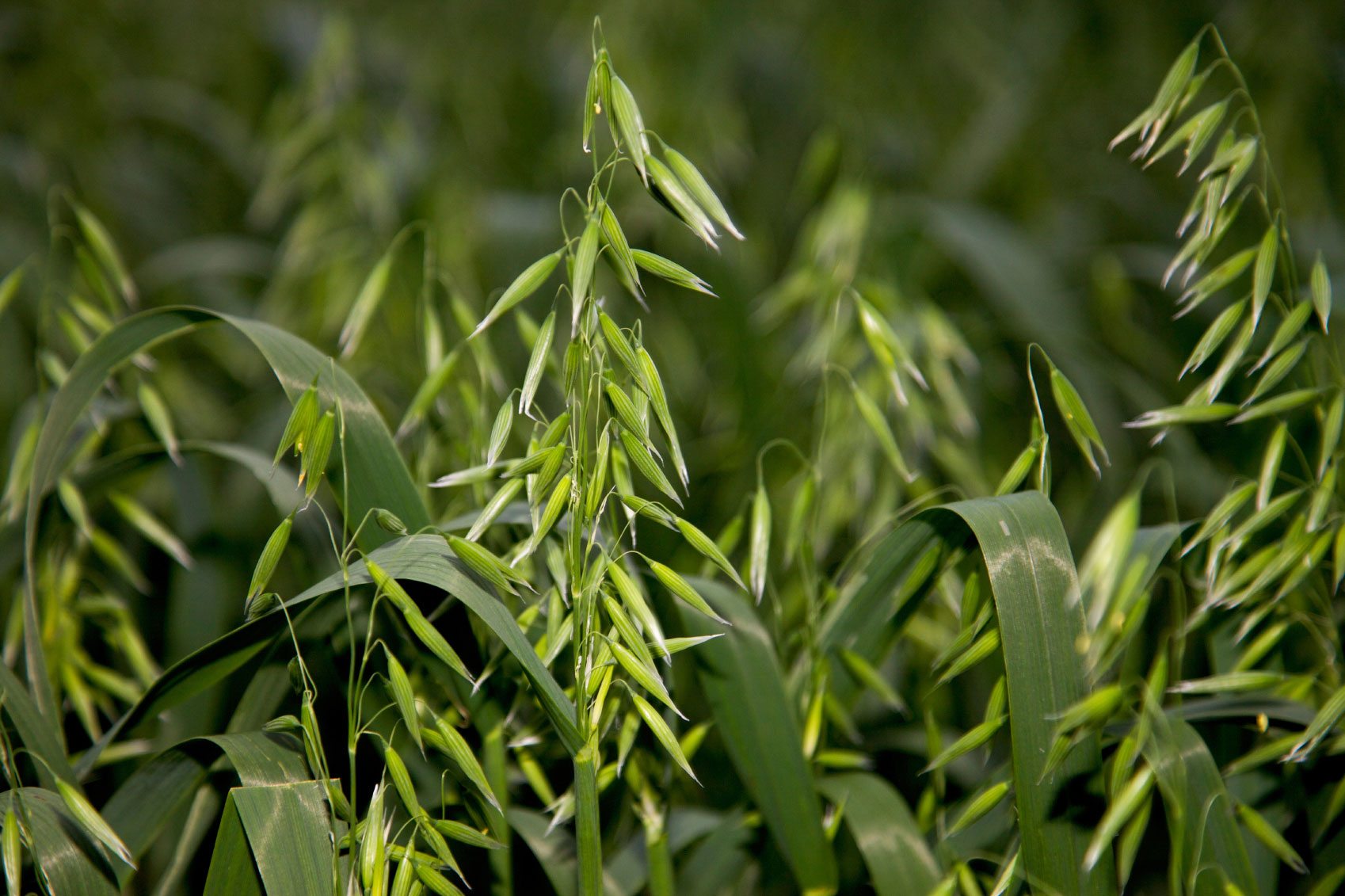
A healthy vegetable garden requires nutrient rich soil. Many gardeners add compost, manure and other organic materials to enrich the soil, but another method is by planting veggie garden cover crops. So what is it and why is cover cropping for increased vegetable production a good idea?
What are Cover Crops in the Garden?
The organic matter we use to amend our soils provides food for earthworms, bacteria, fungi, nematodes and others that live in the soil and in turn make it fertile. Planting cover crops for vegetable gardens is just another method of infusing organic matter into the garden to facilitate healthier growth and production.
Cover crops in the garden improve the soil's physical structure and fertility. Growing cover crops for vegetable gardens also halts soil erosion, reduces weed problems, aids in water retention and provides cover for beneficial insects. Once the cover crop has been worked back into the soil, it provides nitrogen, phosphorus, potassium as well as other micronutrients.
Cover crops used to attract beneficial insects to aid in controlling insect pests are called “trap crops.” Cover cropping for vegetable production is also sometimes called green manure, which is simply in reference to the type of plant used in the cover cropping. Green manure refers to plants used for cover cropping that are in the pea (legume) family. Pea family green manures are special in that they enrich the soil's nitrogen levels as a result of the presence of bacteria (Rhizobium spp.) in their root systems which convert nitrogen gas from the air into nitrogen usable to the plant. Pea seed should be treated with a bacterium, available from the garden center, prior to planting it as a cover crop, as the bacterium may not naturally reside in your soil. If your soil is in need of nitrogen, use Austrian peas or the like as a cover crop.
Plant grass crops such as winter wheat, grain rye or oats to scavenge leftover nutrients from the veggie garden and then recycle them by plowing it in the spring. Depending upon your soil needs, you may even plant a combination of green manure and grass as a cover crop.
Types of Cover Crops for Vegetable Gardens
Along with green manure types of cover crops, there are a large variety of choices for the home gardener. The timing for planting cover crops varies as well, with some types sown in late summer and others late fall. Cover crops may be planted right after harvest, in lieu of a veggie crop or in an area that is fallow. Cover crops planted in the spring or summer are called “warm season” and include buckwheat. These warm-season crops grow rapidly, thus foiling weed growth while protecting bare soil from crusting and water erosion. Cover crops planted in late summer to early fall after veggie harvest are referred to as cool season cover crops. They are planted early enough to mature before winter sets in.
Some types of plants will overwinter and begin growth again in the spring, while others will die back in the winter months. If you want to plant early crops in the spring, like radishes, peas and spring greens, plants that die back over the winter, such as oats, are a good choice. If, however, you plant a cover crop such as rye, which will begin growth again in the spring, it will need to be tilled under prior to planting the vegetable garden. This is a great choice for areas of the garden in which you want to plant tomatoes, peppers, and squash.
Gardening tips, videos, info and more delivered right to your inbox!
Sign up for the Gardening Know How newsletter today and receive a free copy of our e-book "How to Grow Delicious Tomatoes".
Mow the cover crop before it goes to seed and then till under and allow the soil to lie fallow for three to six weeks prior to planting.
How to Plant Cover Crops
Once you've chosen the type of cover crop you wish to sow, it's time to prepare the garden. Immediately after harvesting vegetables, remove all plant debris and till the garden up to a depth of 6 inches (15 cm.).
Amend the soil with compost or well-rotted manure at the rate of 20 pounds (9 kg.) per 100 square feet (9.3 square m.) or add a 15-15-15 fertilizer at the rate of 1 pound (454 g.) per 100 square feet (9.3 square m.).
Rake out any large stones and moisten the soil. Large seeded cover crops like peas, hairy vetch, wheat, oats, and grain rye should be broadcast at the rate of ¼ pounds (114 g.) per 100 square feet (9.3 square m.). Smaller seeds such as buckwheat, mustard and ryegrass should be broadcast at the rate of 1/6 pound (76 g.) to each 100 square feet (9.3 square m.) and then lightly covered with soil.

Amy Grant has been gardening for 30 years and writing for 15. A professional chef and caterer, Amy's area of expertise is culinary gardening.
-
 Never Plant Seedlings Until They Pass These 3 Simple Tests
Never Plant Seedlings Until They Pass These 3 Simple TestsDon't be over-eager to transplant seedlings into the garden before they are ready. These quick and easy checks will help ensure flourishing plants.
By Mary Ellen Ellis
-
 Grow ‘Karl Rosenfield’ Peony Plants For The Ultimate Frilly Border Beauties And Cut Flowers
Grow ‘Karl Rosenfield’ Peony Plants For The Ultimate Frilly Border Beauties And Cut FlowersFor frilly double magenta peony petals infused with a heady fragrance, grow ‘Karl Rosenfield’ peony plants. Here’s how to cultivate the ultimate plushy blooms
By Tonya Barnett
-
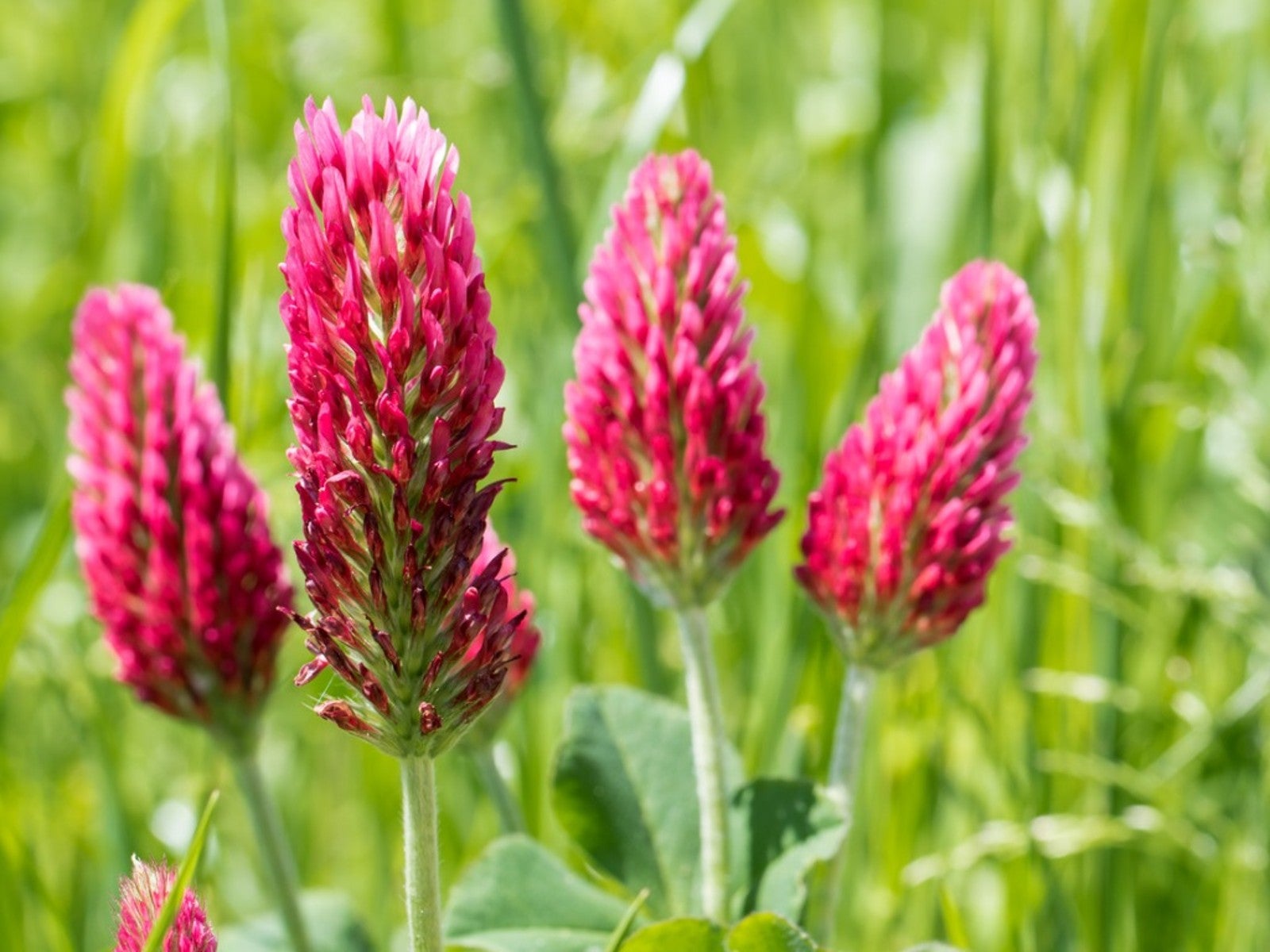 Best Late Summer And Early Fall Cover Crops
Best Late Summer And Early Fall Cover CropsPlanting cover crops is a gift you can give to your garden’s soil. Read on to learn about planting cover crops in late summer.
By Bonnie L. Grant
-
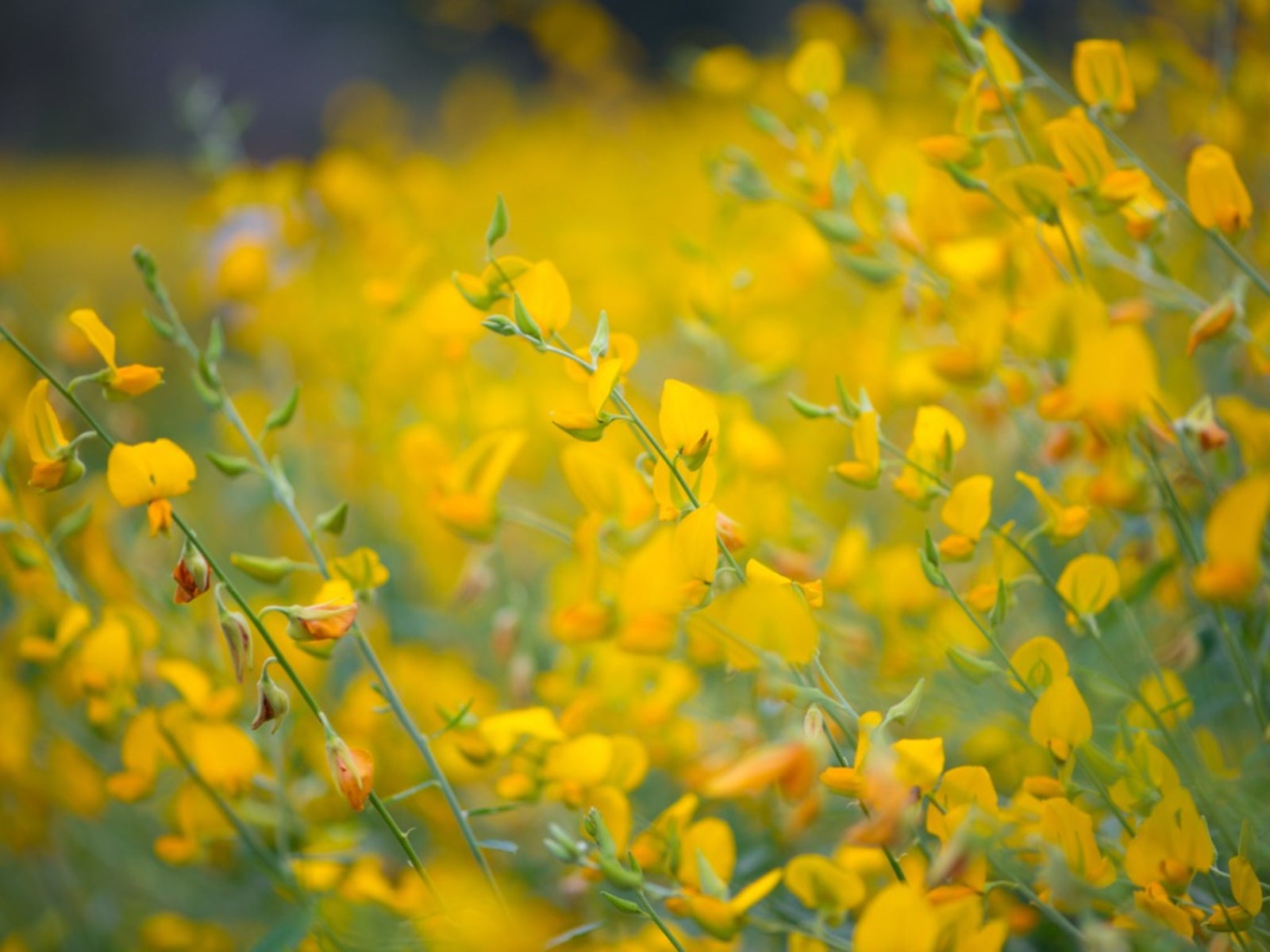 Sunn Hemp Plant Info – Learn Sunn Hemp Uses And Care
Sunn Hemp Plant Info – Learn Sunn Hemp Uses And CareSunn hemp grass is a warm weather grass. Click to learn more about Sunn hemp uses as well as helpful tips on growing Sunn hemp as a cover crop.
By Mary H. Dyer
-
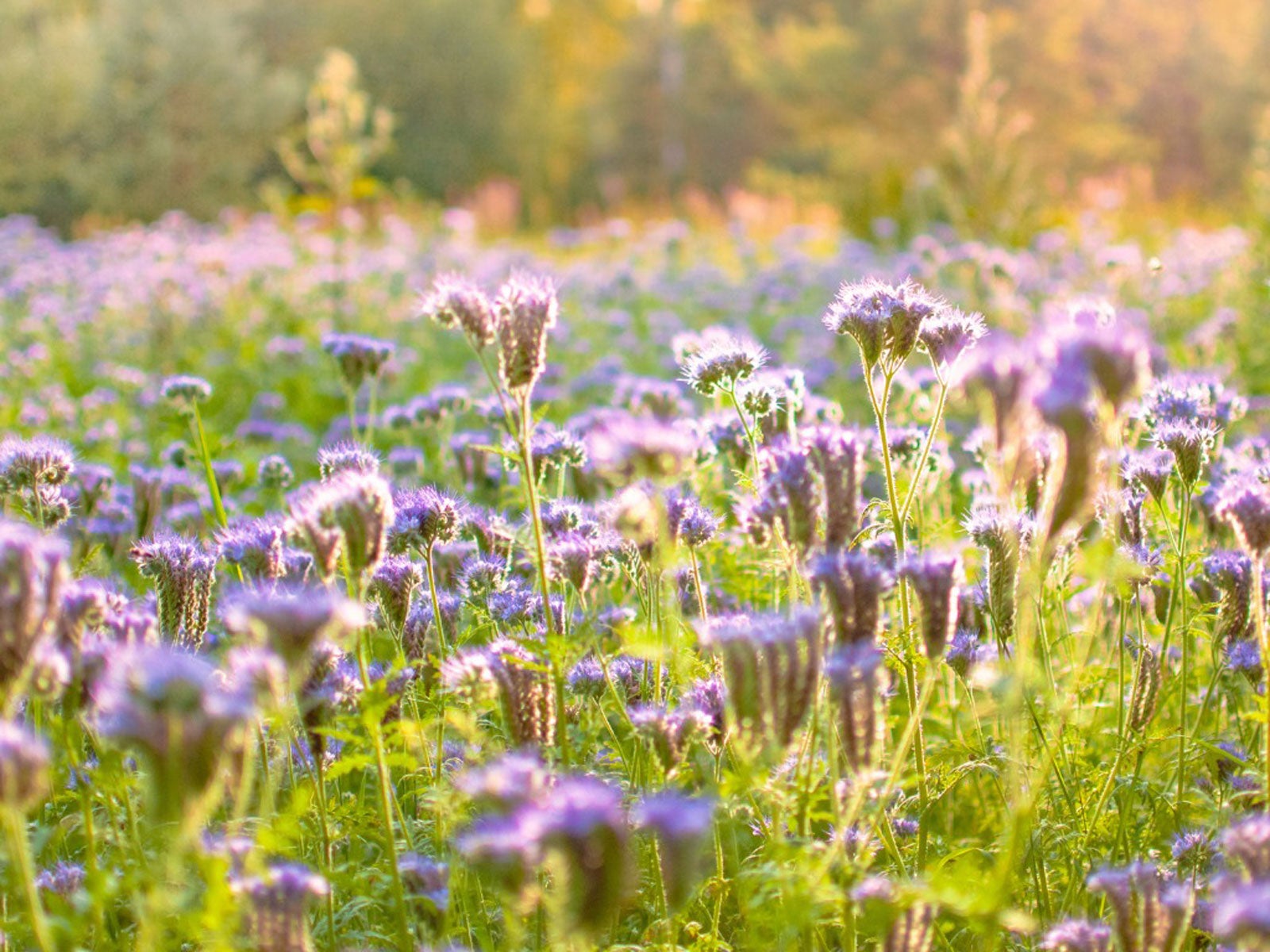 Native Cover Crops: Vegetable Cover Cropping With Native Plants
Native Cover Crops: Vegetable Cover Cropping With Native PlantsAre there any benefits to using native plants as cover crops? Click here to learn more about vegetable cover cropping with native plants.
By Laura Miller
-
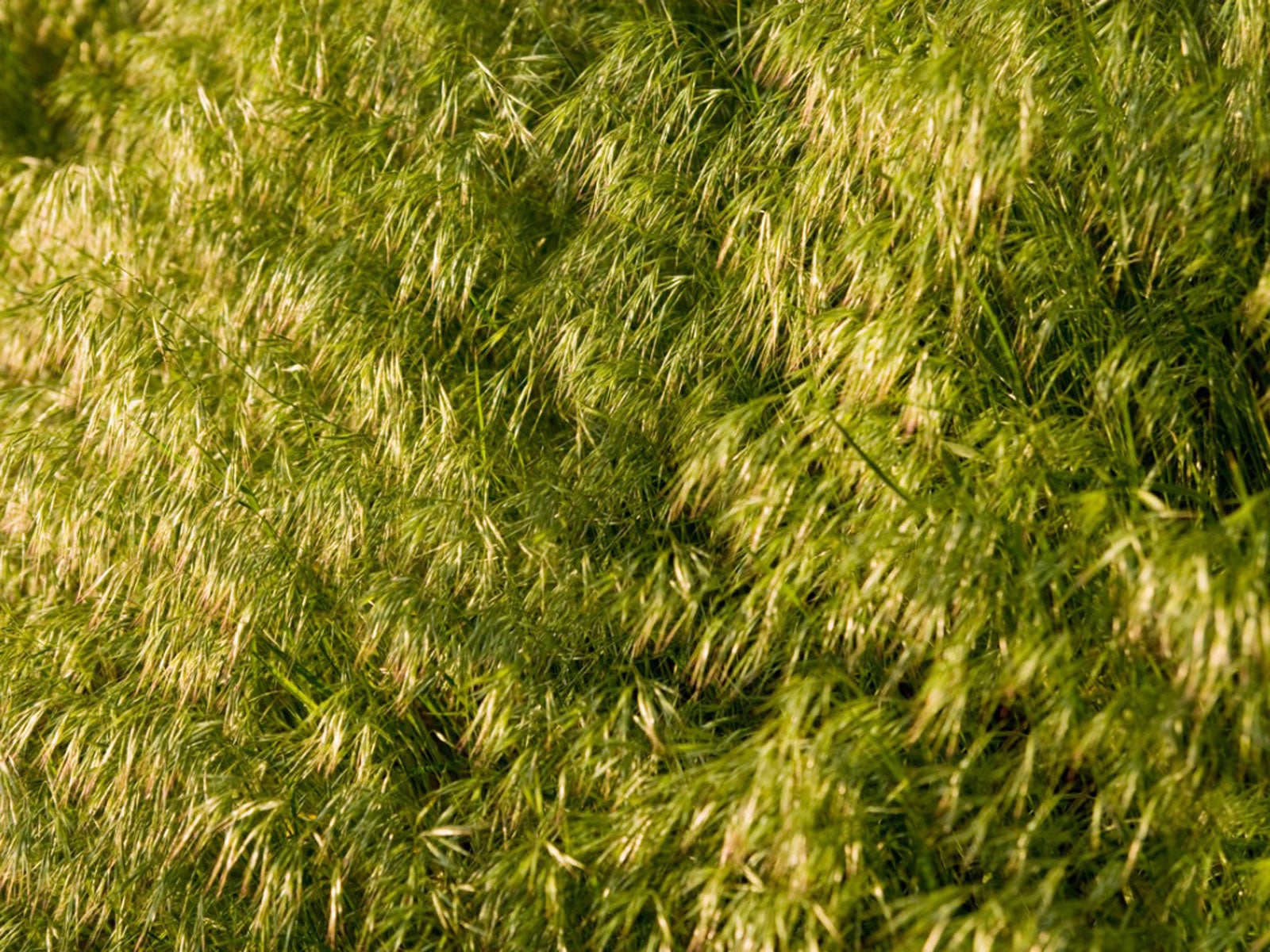 What Is Field Brome – Information About Field Brome Grass
What Is Field Brome – Information About Field Brome GrassField brome grass can be used as a cover crop to control erosion and enrich the soil. For more information, click the following article.
By Laura Miller
-
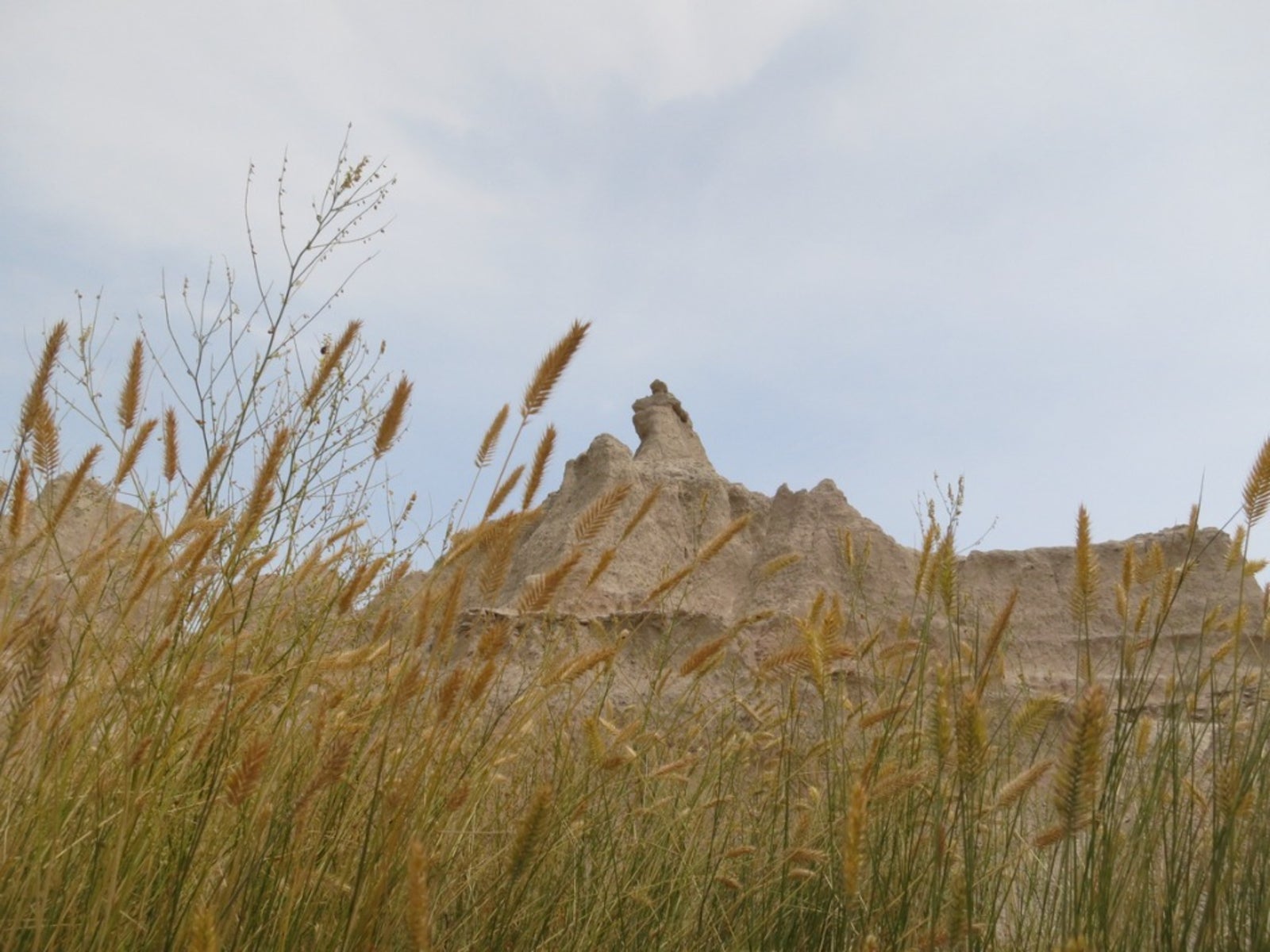 What Is Western Wheatgrass – How To Grow Western Wheatgrass
What Is Western Wheatgrass – How To Grow Western WheatgrassWheatgrass is native to North America and graces the Southwest, Great Plains and mountainous regions of the western U.S. It has some erosion control benefits but using western wheatgrass for grazing is the primary purpose. Learn more about it here.
By Bonnie L. Grant
-
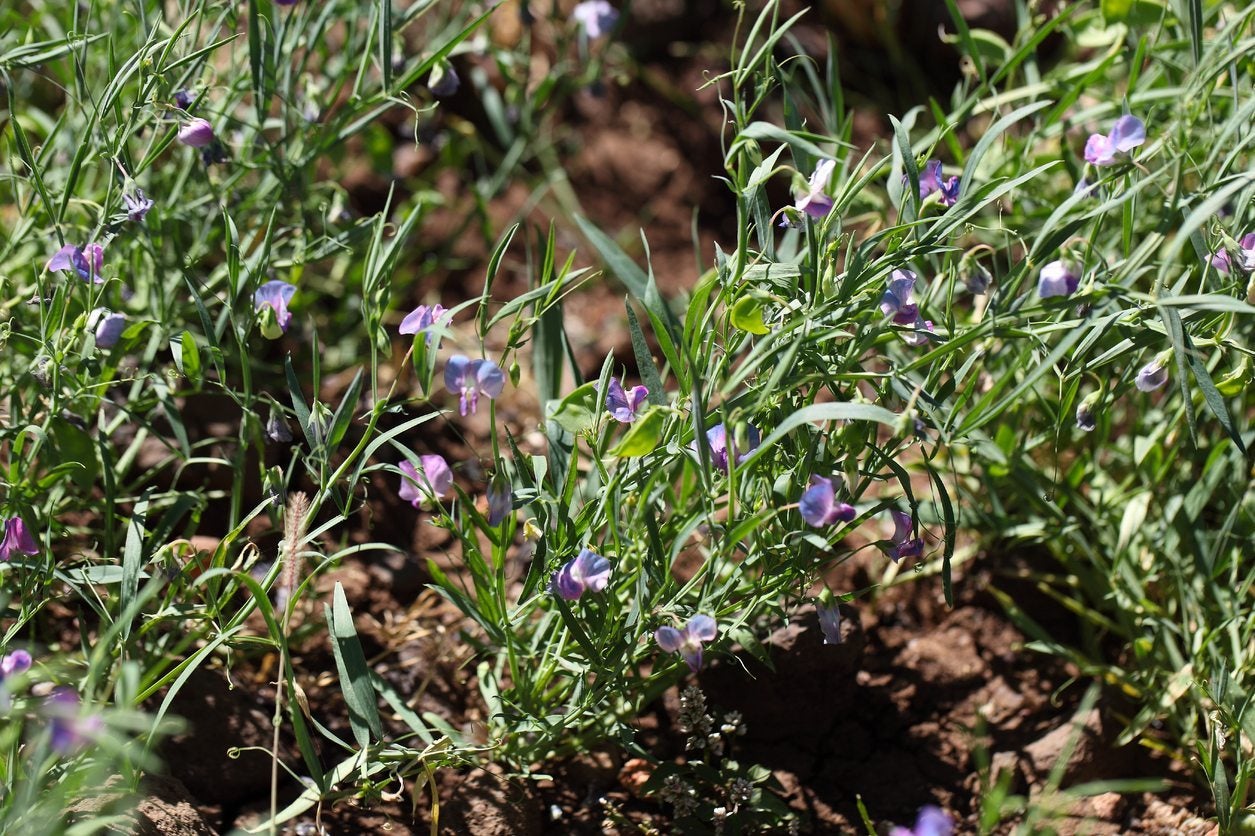 What Is Chickling Vetch – Growing Chickling Vetch For Nitrogen Fixing
What Is Chickling Vetch – Growing Chickling Vetch For Nitrogen FixingWhat is chickling vetch? Also known by various names such as grass pea, white vetch, blue sweet pea, Indian vetch, or Indian pea, chickling vetch is a nutritious legume grown to feed livestock and humans in countries around the world. Learn more about the plant here.
By Mary H. Dyer
-
Establishing Kura Clover: Learn How To Grow Kura Clover Plants
You no doubt have heard about the four-leaf clover, but few gardeners are familiar with kura clover plants. Kura is a forage legume and if you are interested in growing kura as a groundcover or establishing kura clover for some other use, this article will help.
By Teo Spengler
-
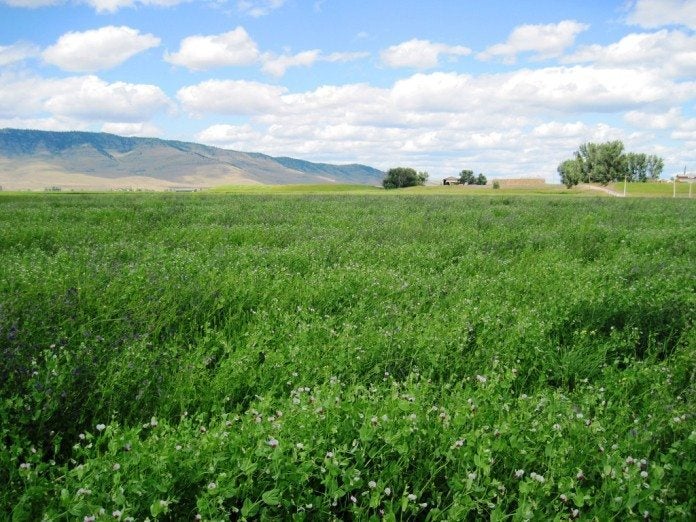 What Are Austrian Winter Peas: A Guide To Growing Austrian Winter Peas
What Are Austrian Winter Peas: A Guide To Growing Austrian Winter PeasWhat are Austrian winter peas? Also known as field peas, Austrian winter peas have been grown around the world for centuries, primarily as a valuable source of nutrition for humans and livestock. Click this article for info on growing Austrian winter peas.
By Mary H. Dyer